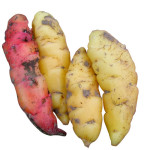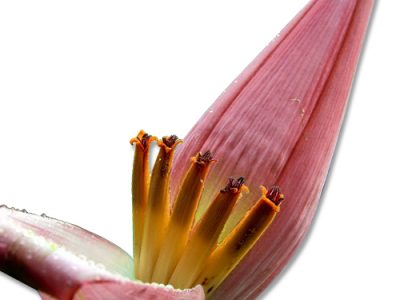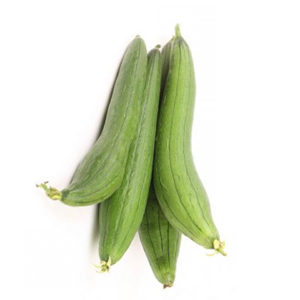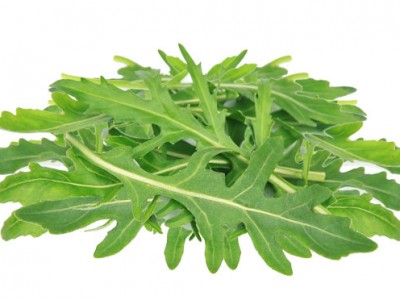
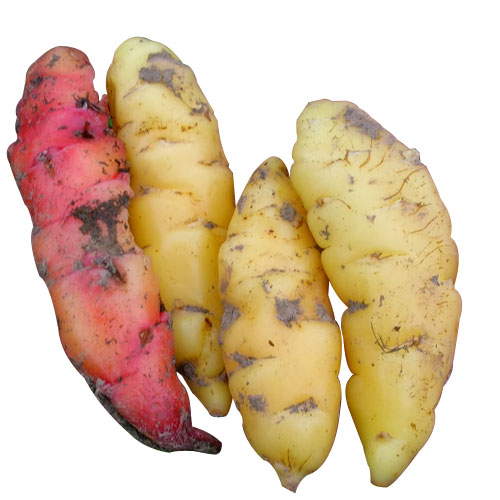
Ahipa Aspects And Its Nutritional Value
Ahipa
“Flowers give honey, whereas plants produce various delicious fruits that are loved by animals and human beings. Plants and trees lead a natural life, supporting the earth by exhaling oxygen and inhaling dangerous green gases from the air. However, humans, on the other hand, are often entirely unconcerned and ignore their spectacular existence. This topic deals with the Ahipa bean, which is rich in nutritional values. The botanical name for this plant is Pachyrhizus ahipa.Another common name for this bean is Andean yam bean”.
History
These plants were discovered 2000 years back in the country of Argentina. These plants were also found in Peru. After the Portuguese captured Argentina they destroyed these plants since it was cultivated by the enemies. This plant comes under the kingdom Plantae and is a member of Fabacea. Unlike other seasonal plants these wonderful plants grow throughout the year and can grow in erect, semi-erect and twining forms. The erect plants can grow up to 40 cm, the semi-erect can grow up to 60 cm and twining can grow up to 200 cm long. The leaves are trifoliate. The flowering plant is inconsistent throughout the year. Each season, up to 800 flowers per plant can be produced.
Aspects Of Ahipa and its Nutritional Value
| Principle | Nutrient Value | Percentage of RDA |
|---|---|---|
| Energy | 38 Kcal | 2% |
| Carbohydrates | 8.82 g | 7% |
| Protein | 0.72 g | 1% |
| Total Fat | 0.19 g | <1% |
| Cholesterol | 0 mg | 0% |
| Dietary Fiber | 4.9 g | 13% |
| Vitamins | ||
| Folates | 12 μg | 3% |
| Niacin | 0.200 mg | 1.50% |
| Pantothenic acid | 0.135 mg | 3% |
| Pyridoxine | 0.042 mg | 3% |
| Riboflavin | 0.029 mg | 2% |
| Thiamin | 0.020 mg | 2% |
| Vitamin A | 21 IU | 1% |
| Vitamin C | 20.2 mg | 34% |
| Vitamin E | 0.46 mg | 3% |
| Vitamin K | 0.3 μg | <1% |
| Electrolytes | ||
| Sodium | 4 mg | <1% |
| Potassium | 150 mg | 3% |
| Minerals | ||
| Calcium | 12 mg | 1% |
| Copper | 0.048 mg | 5% |
| Iron | 0.60 mg | 7% |
| Magnesium | 12 mg | 3% |
| Manganese | 0.60 mg | 3% |
| Zinc | 0.16 mg | 1% |
| Phyto-nutrients | ||
| Carotene-ß | 13 µg | — |
| Carotene-a | 0 µg | — |
| Lutein-zeaxanthin | 0 µg | — |
The pods are 17 cm long and up to 16mm wide. The seeds are black, lilac, maroon or black and white mottled. The kidney shaped seeds are 1 cm long. The soil has to be thoroughly cleaned for sowing. The normal cultivation period is five and 10 months. These plants grow wonderfully in cool climates and tropical regions.
- The roots are rich in carbohydrate and eaten raw.
- These roots are also rich in few vitamins and potassium.
- These seeds are rich in starch and so they are used lavishly in starch industry.
- The roots are also used as fodder for cattle.
- The oil of the seed has very high palmitic acid.

